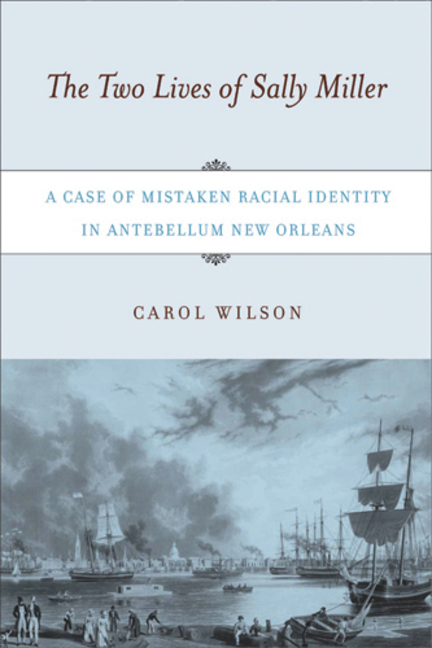The McDonald Furman Papers, 1889-1903Posted in Articles, History, Media Archive, United States on 2009-12-08 01:35Z by Steven |
The McDonald Furman Papers, 1889-1903
USCS Newsletter
University of South Carolina Society
Spring 1997
Terry Lipscomb
McDonald Furman, a descendant of Richard Furman, was a history enthusiast with a taste for anthropology. Regarded as an eccentric by contemporary South Carolinians, he was held in high regard by the Smithsonian Institution Bureau of Ethnology. His research on South Carolina blacks and Indians fascinated the noted ethnologists Albert Gatschet and James A. Mooney.
Today, Furman’s work is not easily accessible. He never published a book or even a lengthy article, and said that his aim was “every now & then, to write short and pointed articles about some historical subject.” Most of these appeared in the Sumter Watchman and Southron, The State, and the News and Courier, and they are now scattered through microfilmed newspapers and clippings in archival collections.
Furman’s papers are one of the South Caroliniana Library’s oldest accessions. Included in the original accession of 424 manuscripts are his diary (1878-1903) and drafts of his articles. Two boxes of letters about publication of the state’s colonial records and McCrady’s history of the Revolution reflect Furman’s life-long interest in South Carolina history and politics. They include letters from William A. Courtenay and Edward McCrady.
Recently, the library added 133 Furman letters and clippings relating to his fascination with the Sumter County “Redbones” or “Old Issues.” He wrote many letters and articles trying to track down the history of these strange people who lived in Privateer Township near Furman’s plantation. As he explained to his readers, “They are a mixed race and have never been slaves. They are supposed to be descendants of Indians and negroes, but nothing is definitely known of their origin.”…
Read the entire article here.







